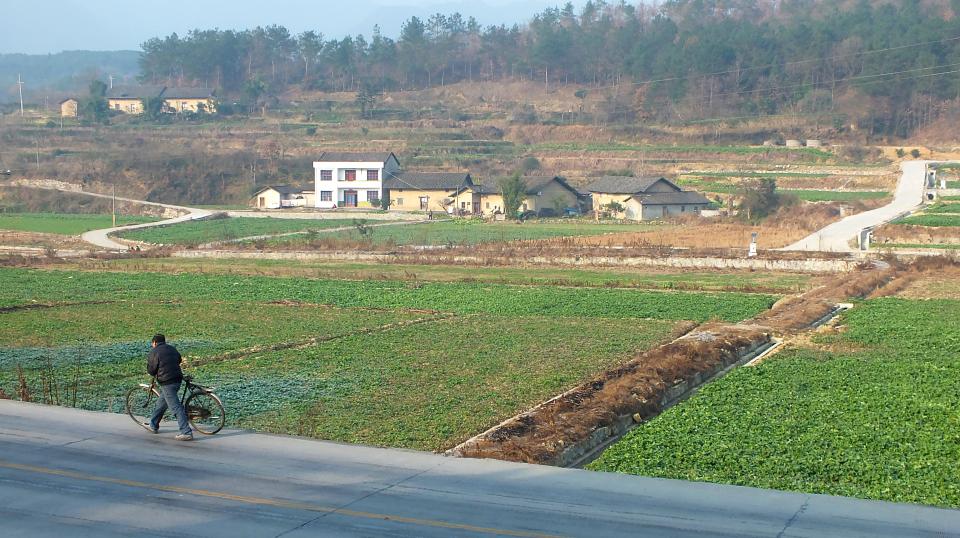To overcome the middle-income trap, China will have to increase the proportion of its middle-income group to at least 50 percent of the population in the following decade, a prospect made particularly hard to achieve by the growth bottleneck posed by farmers’ incomes, said Chi Fulin, director of the Hainan-based China Institute for Reform and Development, at the 9th Sino-Norwegian Social Policy Forum.
The middle-income trap theory holds that countries whose income grows due to certain advantages can end up becoming stuck at a certain level because of those same factors.
Farmers have made up a particularly low share of China’s middle-income earners largely due to lacking property income, Chi said. While over 7.9 percent of the country’s per-capita disposable income comes from property earnings, property income has accounted for only 2.2 percent of farmers' disposable income.
This is because farmers haven’t been given the full ownership rights to the collectively-owned land, Chi said. If farmers were allowed to rent out their land, according to Chi’s calculations, each rural household would be expected to be able to earn and additional 15,000 yuan (US$2,179) per year.
Chi said this would require the government to change the existing rule that land can only be rented within an economic collective, normally in the form of a village unit. Farmers need to have their land rights legalized, Chi said. Meanwhile, urban and rural land should be equally treated for the purposes of construction, he noted.
China’s rapid urbanization is also expected to turn a growing number of migrant famers into middle-income earners, according to Chi.
With a year-on-year increases of up to 1.2 percent, 70 percent of the Chinese population is expected to live in cities by 2030. As a growing number of farmers are migrating to cities for work, they are expected to have their incomes significantly increased as the cities offer a widening variety of job opportunities, Chi said.
By 2020, Chi said, the per-capita disposable income of farmers is expected to reach 40 percent of that of urban residents and 60 percent by 2030.

 Old Version
Old Version